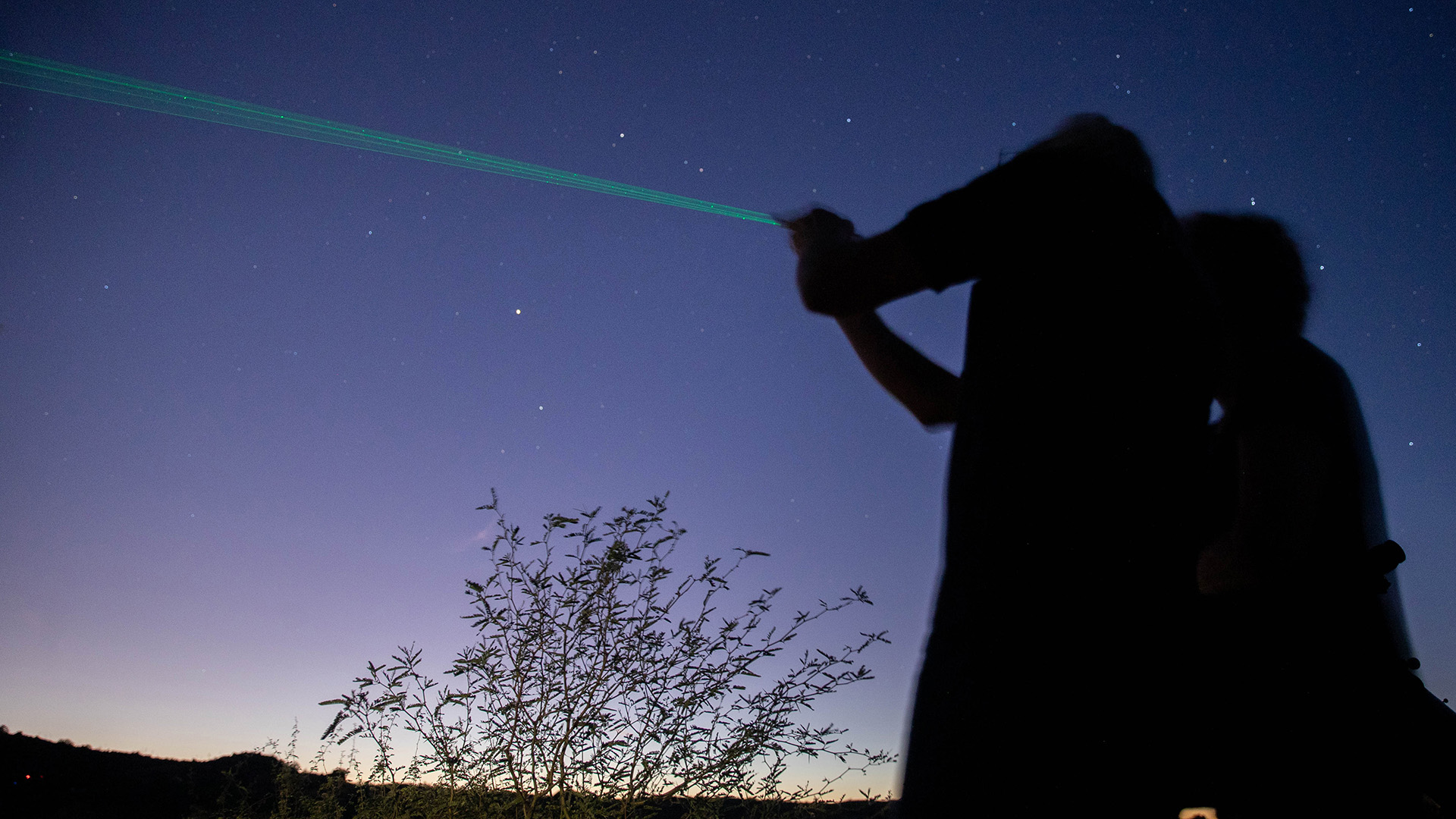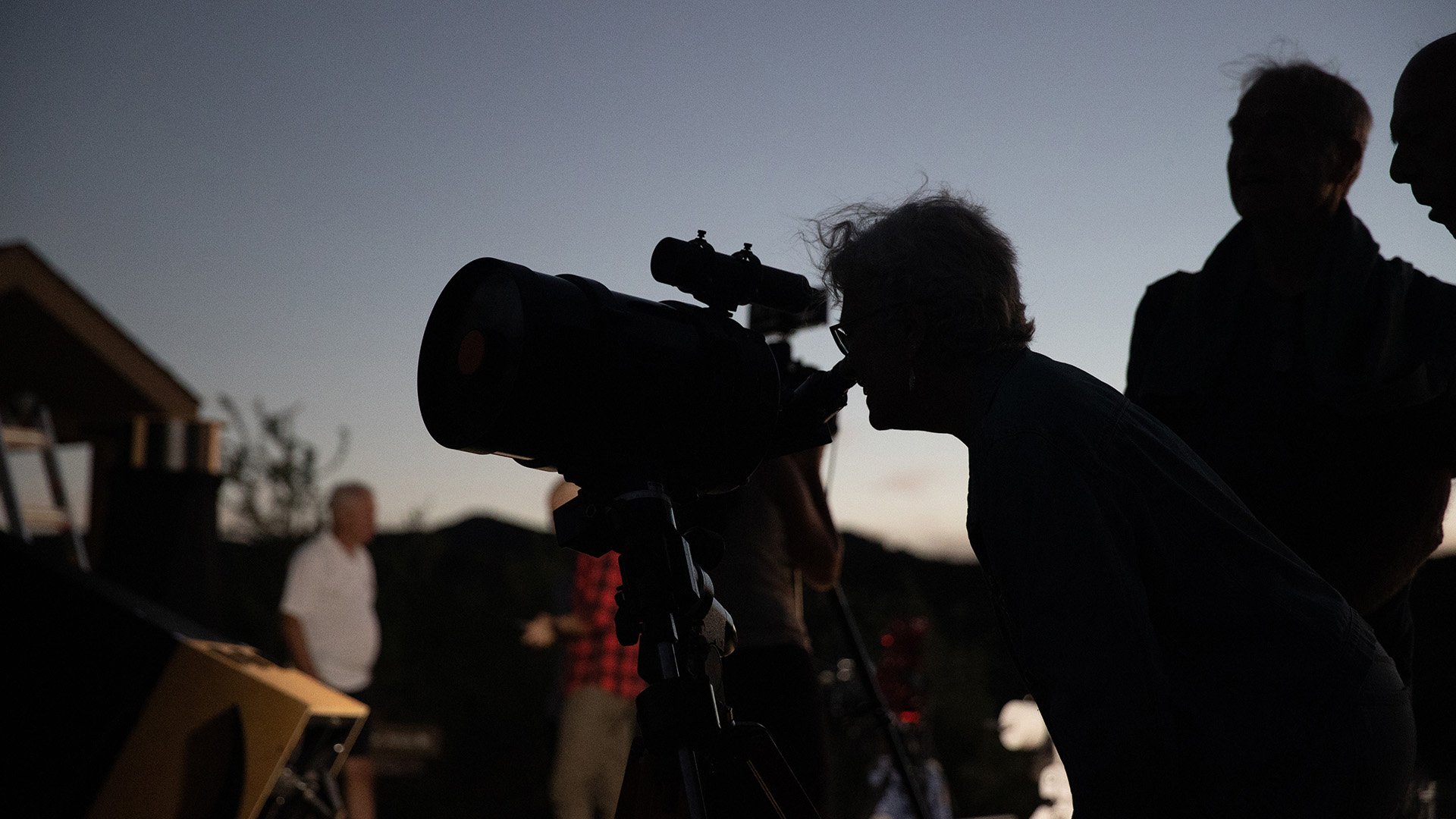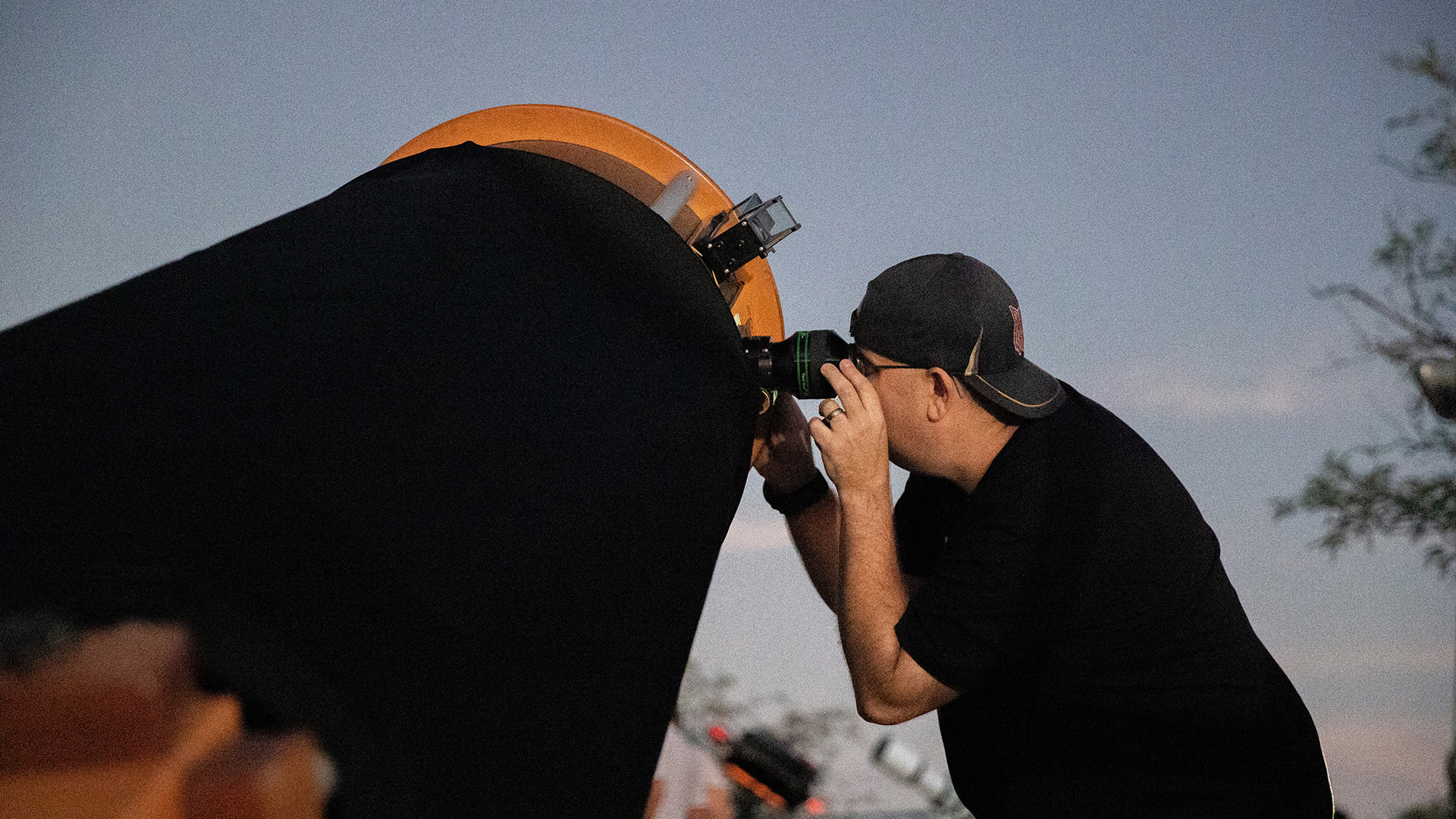ORACLE – Oracle State Park reopened in 2012, three years after the Great Recession shut it down. But the 4,000-acre park in the foothills north of Tucson was only open on Saturdays.
In early 2014, amateur astronomer Mike Weasner held a community stargazing party to push for recognition of the park by the International Dark-Sky Association. More than 350 people showed up, Weasner said, creating a mile-long traffic jam to get into the park and proving how popular astrotourism could be in Arizona.
In November that year, the Tucson-based association designated Oracle State Park as an International Dark Sky Park.
Since the 1960s, Tucson has been an important location for professional astronomical research, with such renowned laboratories as Steward Observatory, Fred Lawrence Whipple Observatory and Kitt Peak National Observatory in the mountains and sky islands north of Tucson.
The International Dark-Sky Association, or IDA, was established in 1988 to protect the night sky from light pollution caused by Tucson’s steady growth. It has grown internationally to preserve dark skies and to educate about the costs of light pollution.
“Some astronomers noted that their astronomical observations at Kitt Peak National Observatory were being impacted from the growing light pollution from Tucson,” said Ashley Wilson, IDA director of conservation. “So they decided to encourage people to change their actions and their lighting to help deter the growth of this pollutant.”
As of this year, there are 19 certified Dark Sky Parks, places and communities in Arizona – and Oracle State Park was the fourth.
Cronkite News visited the park to see why amateur astronomers love observing the cosmos there.






